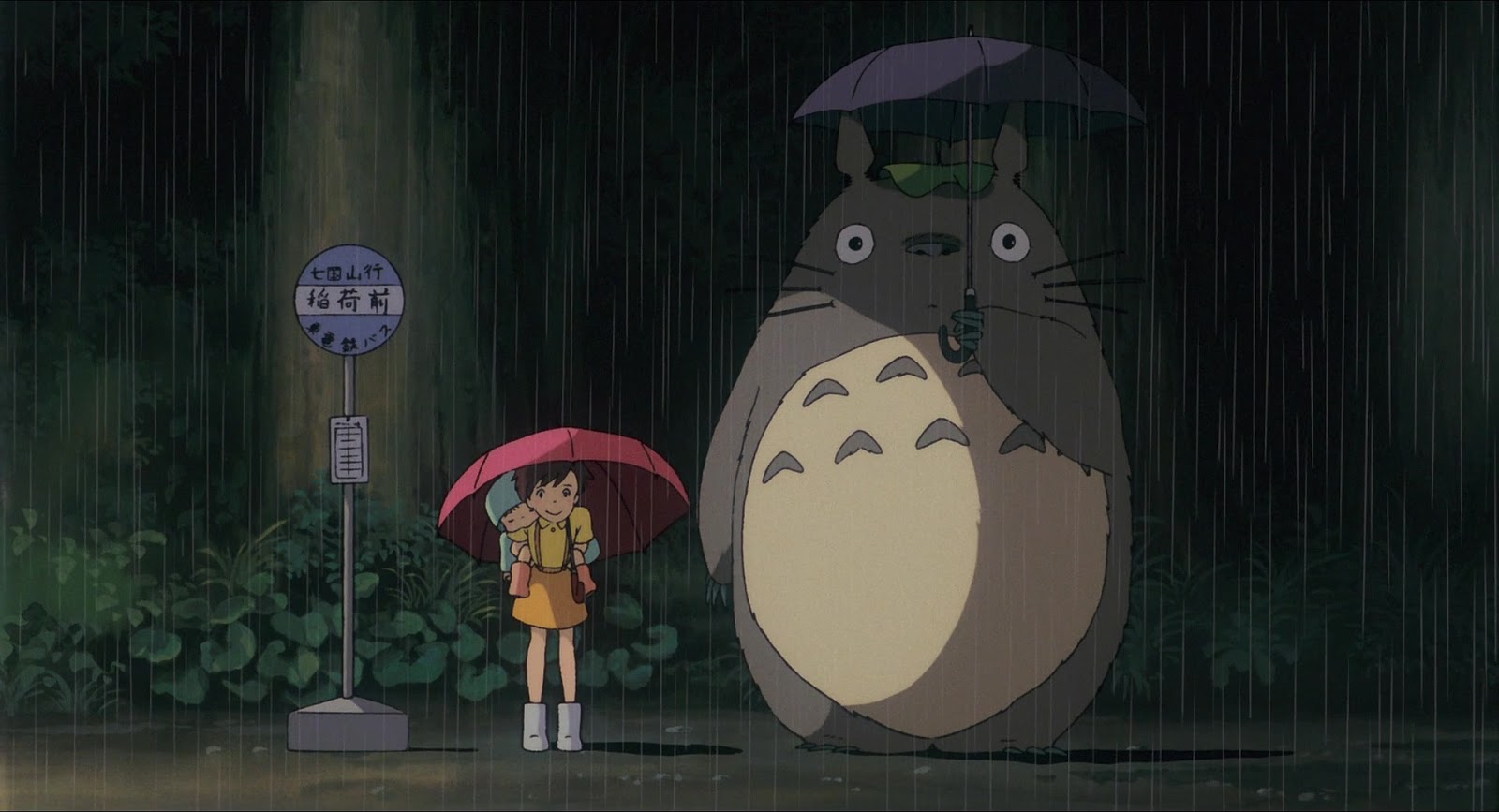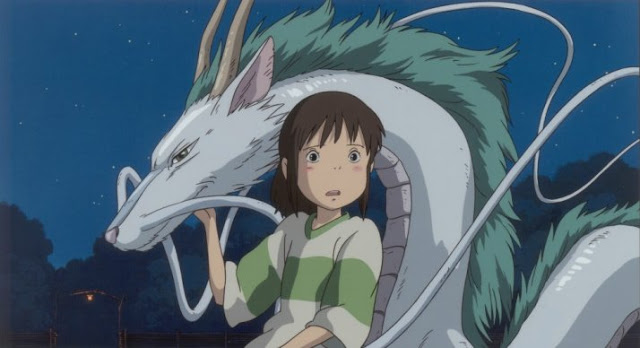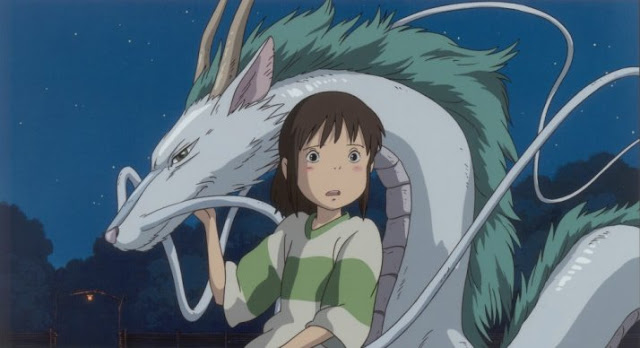Sisters in Catherine Breillat’s Fat Girl by Tessa Racked
The core of Fat Girl is these two girls, who contrast each other in some very essential ways, but are inexorably bound together by shared experiences. Both are adolescents grappling with the early throes of sexuality, but their divergent appearances and ages leave them in different positions socially, affecting their worldviews.
Black Sisterhood in Television Sitcoms by Cheyenne Matthews-Hoffman
While many Black sitcoms revolve around a family, it’s rare that specific interactions between sisters are depicted. While “sisterhood” here often refers to the strong bond between friends, biological sisterhood is sometimes forgotten. Sisters with strong relationships on television display some of the deepest and truest kinds of family love out there.
“A Truth Universally Acknowledged”: The Importance of the Bennet Sisters Now by Maddie Webb
But more and more it seems you can judge the quality of modern adaptations on how the filmmakers view Lizzie in relation to her sisters. Even though the representation of women has greatly expanded since Austen’s time, a story that revolves mostly around sisterly relationships remains rare, which makes it even more vital. And while it is true that Austen’s romance has a timeless quality that makes it popular, the narrative of sisterly love remains transcendent.
The Repercussions of Repressing Teenage Girls in The Virgin Suicides and Mustang by Lee Jutton
Both are critically acclaimed dramas directed by women documenting the coming-of-age of five teenage sisters under close scrutiny for their behavior — especially when it comes to their sexuality. And in both films, the girls’ response to this repression is to resort to desperate measures to regain control, resulting in tragedy that could have been averted if they were given the freedom for which they hungered.
The Scary Truth About Sisters in Horror Films by Laura Power
So what makes sisters such fascinating subject matter for horror films? What makes them both scary and powerful, yet the most vulnerable, both to outside forces as well as to each other when they are threatened? … Sisters can behave as a single entity and fight for the same things, but there are two bodies — two physical forces — to reckon with.
Our Little Sister: Making Enough Room for the Half-Sister by Katherine Parker-Hay
Hirokazu Kore-eda’s Our Little Sister is a mature and subtle exploration of the place of the half-sister within family life; how she fits in and how she transforms what we think the family means. … The camera lingers on Suzu’s face in a moment of indecision: will she go on as before, having no feelings for what are essentially strangers anyway, or will she take a leap of faith that will mean her identity will be forever tangled with theirs?
A League of their Own: The Joy and Complexity of Sisterhood on a Baseball Field by Jessica Quiroli
The bond between the sisters is at the heart of the wartime baseball movie, directed by Penny Marshall… Their competitive nature is a motivation to be the best… It’s obvious that Dottie always seems to have one up on Kit, which sets up the relentless struggle of the spirited Kit who wants, finally, to be better than Dottie. … Kit and Dottie are the embodiment not just of sisterhood, but of the true nature of a teammate relationship.
Second Mom Syndrome: Sisterhood in My Neighbor Totoro by Clara Mae
The film shows how Satsuki struggles with this dual role of acting as the most present parent while still being only a child herself. … While Satsuki fulfills the role of mom to Mei, it’s her status as sister and child that ends up saving the day. … My Neighbor Totoro is one of Miyazaki’s best odes to sisterhood, portraying both the struggles but also the benefits of having a sibling at your side.
Little Women: Learning to Love All of the March Sisters by Allyson Johnson
However, the clearest, most poignant development that comes through growing with the films is how ultimately, the love story between Jo and Bhaer and the unrequited love story between Jo and Teddy mean little juxtaposed to the love shared between the four sisters. They are one another’s hearts and souls, evident as Jo writes her novel at the end of the film.
Grey’s Anatomy and Assertive Sisters by Siobhan Denton
Meredith doesn’t feel obligated to form relationships with Maggie and Amelia due to her sibling connections with them. She doesn’t deem it necessary to acquaint herself with Maggie simply because they share a mother, nor does she try to force a friendly relationship between herself and Amelia simply because she’s the sister of the man she loves. This means then, that when these close relationships are formed, they are all the more powerful. They are formed through choice, not responsibility.
My Sister’s Keeper: When Sisterhood Sours in Horror Films by Jamie Righetti
But there’s also a darker side to sisterhood, where rivalries take violent turns and where bonds are almost too strong, superseding everything else including reality. When sisters are pushed to the extremes, when women don’t meet society’s expectations, what does this tell us about the constraints on women to conform to idealized versions of femininity and sisterhood? Are bad sisters just failures or are they simply women with complicated narratives that a patriarchal society doesn’t allow room for?
The Virgin Suicides: Striking Similarities Between the Lisbon and Romanov Sisters by Isabella Garcia
Two sets of sisters, different in circumstance but alike in experience: the four Romanov Grand Duchesses of Russia and the four Lisbon sisters from 1970s Michigan in The Virgin Suicides. … Clear links between the two sets can be drawn, but ultimately reveal that in both situations, living in a gilded cage only leaves behind a haunting memory.
The Sister as Revenant in Brian De Palma’s Sisters by Stefan Sereda
‘Sisters’ displays an early concern with women’s liberation in mainstream American film (De Palma’s collaborator on the screenplay was Louisa Rose). Many of the film’s social complaints remain liberal talking points today: that police can be motivated by racism, that the legal institution can subject women to excessive scrutiny, and that the medical-psychiatric institution remains patriarchal and sexist in its diagnosing and treatment of women. Yet the film’s intersections with disability are more complicated.
Sisterhood with a Capital “S” in The Triplets of Belleville by Laura Shamas
Sisterhood is powerful, magical, and resilient: that’s the sororal message in the celebrated 2003 animated film… Character distinction between the sisters as individuals is not a major focus for writer/director Sylvain Chomet, although each Triplet has different functions/feelings at specific times. The bond of the sisters as a more monolithic force is depicted instead: Chomet presents the unity of sisterhood. … The agency of older women, including the eponymous trio, is vital to The Triplets of Belleville.
Sisters in Downton Abbey and Fiddler on the Roof and the Slow March Toward Equality by Adina Bernstein
The narratives surrounding the television series Downton Abbey and the musical film Fiddler on the Roof are about change and more specifically, how the daughters within both families represent the small, but important contributions that these characters make to modern feminist narratives. … In both Downton Abbey and Fiddler on the Roof, each trio of sisters takes a step in determining her own fate. While the decisions these girls make may seem innocuous, these steps represent the larger cultural and societal fate that will impact future generations of women.
Sisterhood and Salvation in A League of Their Own by Katie Barnett
Though the simmering sibling rivalry between Kit and Dottie is a thread that runs through the entire film, the importance of sisterhood goes far beyond this. For both women, sisterhood becomes a ticket to another world: a ticket out, but also a ticket in; to friendship, to competition, and to independence. As such, sisterhood exists as a source of empowerment. It is only as sisters that Dottie and Kit ever make it out of Oregon and to the baseball diamonds of the Midwest.
Sense and Sensibility: Sister Saviors in Ang Lee’s Adaptation by Melissa-Kelly Franklin
On first glance, it may well appear that the film follows the usual trappings of the romance genre, in which the young women eventually marry the men that they love, who fortuitously possess more than ample funds to elevate them and their families from poverty, thereby “saving” them. I would argue however, that if we delve a little deeper into Lee’s adaptation it becomes clear that the sisters are not saved by the men they marry, but rather by each other, and multiple times throughout the story.








